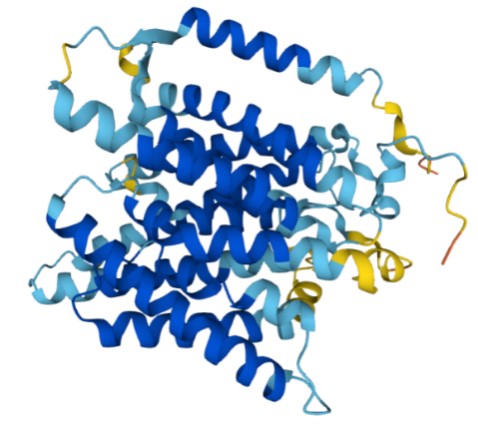Atorolimumab Overview
Introduction of Atorolimumab
Atorolimumab, commonly regarded as an immunosuppressive medicine, is specially designed to target the Rhesus factor. The Rhesus factor, additionally referred to as the RhD antigen, is one of several blood type antigens which can be found on the surface of red blood cells. The presence or absence of this antigen determines whether a person's blood type is Rh-positive (Rh+) or Rh-negative. The Rh factor is critical for blood transfusion compatibility, pregnancy, and neonatal hemolytic disease. By specifically targeting and neutralizing the Rh factor on red blood cells, atorolimumab coordinates several immunological pathways, resulting in RhD-positive cell clearance and immune response control. To be more specific, atorolimumab works by detecting and attaching to the Rh factor on the surface of RhD-positive red blood cells, and this binding may neutralize RhD-positive cells and promote immunological tolerance. Such a targeted approach offers significant therapeutic potential in preventing hemolytic disease in newborns, managing alloimmune responses in transfusion settings, and providing a precise intervention with minimal off-target effects.
Biological and Chemical Properties of Rh(D) Polypeptide
Protein Structure
 Figure 1. Structure of Blood Group Rh(D) Polypeptide (UniProt)1, 2
Figure 1. Structure of Blood Group Rh(D) Polypeptide (UniProt)1, 2
Average Protein Weight
The average weight of the protein is approximately 45079.36 Da.
The Mechanism of Atorolimumab Action
Atorolimumab, commercially designated as an anti-human RhD recombinant antibody, represents a highly specialized monoclonal antibody with an affinity for the RhD antigen situated on the erythrocyte membrane. This antibody's target, the RhD antigen, is a pivotal determinant in the Rh blood group system, playing an essential role in immunohematology. The recognition and neutralization of the RhD antigen by atorolimumab have profound implications in clinical scenarios such as blood transfusion, where compatibility between donor and recipient Rh status is crucial to prevent hemolytic transfusion reactions. In transfusion therapy, atorolimumab can reduce alloimmune reactions by attaching to RhD-positive red blood cells in RhD-negative patients undergoing blood transfusions. This binding diminishes the immunological response to RhD-positive cells, which lowers the risk of hemolytic transfusion responses.
Additionally, this antibody may be vital for the management of Rh incompatibility during pregnancy, which may be responsible for the hemolytic disease of the fetus and newborn (HDFN). In RhD-negative mothers carrying a RhD-positive fetus, maternal sensitization to the RhD antigen can result in the development of anti-RhD antibodies, which can cross the placenta and induce hemolysis of fetal red blood cells. Atorolimumab can bind to and destroy RhD-positive fetal red blood cells in the maternal circulation, reducing maternal sensitization and the resulting immunological response. By preventing alloimmune responses against RhD-positive fetal erythrocytes in RhD-negative mothers, atorolimumab serves a critical function in safeguarding maternal and fetal health during gestation and postpartum periods. This precision-targeted therapeutic embodies the convergence of immunology and genetic engineering, offering promising advances in transfusion medicine and fetal-maternal medicine.
For research use only. Not intended for any clinical use.
This site is protected by reCAPTCHA and the Google Privacy Policy and Terms of Service apply.

